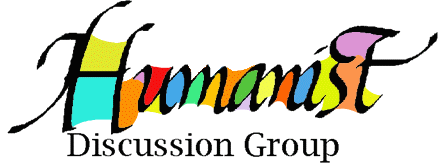Humanist Discussion Group, Vol. 38, No. 351.
Department of Digital Humanities, University of Cologne
Hosted by DH-Cologne
www.dhhumanist.org
Submit to: humanist@dhhumanist.org
Date: 2025-02-04 07:01:36+00:00
From: Christopher O'Neill <christopher.oneill@deakin.edu.au>
Subject: AusSTS 2025 Conference 'Signals and Noises' - CFP closes Friday 14 March (11:59pm AEDT)
Call for Proposals: AusSTS 2025 Conference
Theme: Signals and Noises
9-11 July 2025
Naarm/Melbourne
The Call for Proposals for the AusSTS 2025 conference is now open! This
year’s theme is ‘Signals and Noises’. Please submit your proposals via
this form
<https://forms.office.com/pages/responsepage.aspx?id=7Hgj0IgW1UaFQBwotfRw9qA
INXVXg4RLoPbYgoC38XVUNU5MVDFIWFdLUTRSTDFNUldKWlNaMEFTWC4u&route=shorturl>.
We invite submissions for presentations, posters, meet-ups, making and
doing sessions, and pre-submitted papers - the CFP will be open until
Friday 14 March (11:59pm AEDT).
This year’s conference will take place across three days, from Wednesday
July 9th to Friday July 11th in Narrm/Melbourne. Day 1 will take place
at the National Communication Museum in Hawthorn. Days 2 and 3 will take
place at Deakin Downtown (Docklands).
For more information and details about the conference theme please check
out the AusSTS website<https://aussts.org/aussts-2025-cfp/>. We will be
announcing details of national and international keynote speakers in
coming weeks - please stay tuned!
‘SIGNALS AND NOISES’
AusSTS 2025 seeks to bring the broad scope of STS subjects, skills,
practices and politics into conversation with a core problematic of
information theory - the problem of noise.
Noise (as distortion, as error) is a problem for communication - it
corrupts and contaminates communication signals (as they fly along wires
or along undersea cables for example). But to eliminate noise entirely
is to shut signals down, to sever communication. To perfectly silence
noise would also mean perfectly silencing the signal to which it
belongs. Signal and noise are intimately, iteratively bonded in their
material production, reception and translation. What questions then
might signals and noises ask of STS? Is it simply a case, as it was for
Shannon and Weaver (1949) of eliminating noise as far as possible in the
service of signal? Or can we listen to ‘noise’ differently? Can the
difference between what we seek to understand or convey on the one hand,
and the ‘unintended things’ that trouble our efforts on the other, be
illustrative? How might we work creatively with the flotsam and jetsam
of research, or trace the twisting journeys of signals?
We encourage submissions<https://forms.office.com/r/bvAgkWWize> that
grapple with the entwined nature of signals and noises in our efforts to
understand the world and listen to noise differently. We invite generous
readings of the theme. For more information and suggestions on
engagements with the theme, see
<https://aussts.org<https://aussts.org/>/> or get in touch at
<ausstsgrad@gmail.com<mailto:ausstsgrad@gmail.com>>.
Sponsored by: ARC Centre of Excellence for Automated Decision-Making &
Society (ADM+S), Deakin Science and Society Network, Science,
Technology, & Human Values, and the National Communication Museum.
Best,
Carina Truyts and Christopher O'Neill
2025 AusSTS convenors
_______________________________________________
Unsubscribe at: http://dhhumanist.org/Restricted
List posts to: humanist@dhhumanist.org
List info and archives at at: http://dhhumanist.org
Listmember interface at: http://dhhumanist.org/Restricted/
Subscribe at: http://dhhumanist.org/membership_form.php
